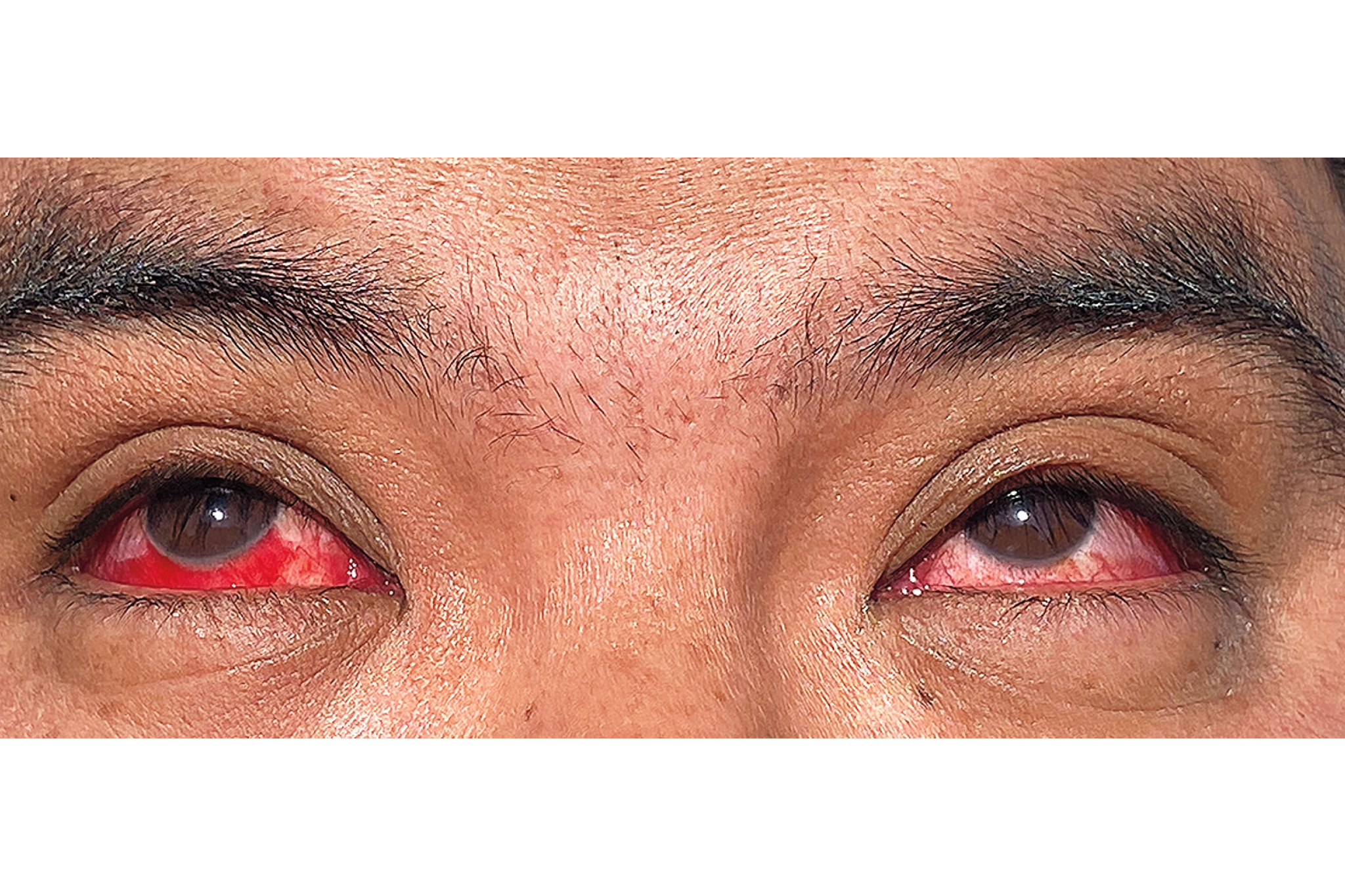Gruesome symptom of dairy farm worker who caught avian flu revealed in medical report
WARNING - GRAPHIC CONTENT: The dairy worker, from Texas, did not suffer from symptoms typically associated with avian flu
Your support helps us to tell the story
From reproductive rights to climate change to Big Tech, The Independent is on the ground when the story is developing. Whether it's investigating the financials of Elon Musk's pro-Trump PAC or producing our latest documentary, 'The A Word', which shines a light on the American women fighting for reproductive rights, we know how important it is to parse out the facts from the messaging.
At such a critical moment in US history, we need reporters on the ground. Your donation allows us to keep sending journalists to speak to both sides of the story.
The Independent is trusted by Americans across the entire political spectrum. And unlike many other quality news outlets, we choose not to lock Americans out of our reporting and analysis with paywalls. We believe quality journalism should be available to everyone, paid for by those who can afford it.
Your support makes all the difference.The gruesome symptoms of a dairy farm worker who contracted avian flu from an infected cow have been revealed in a new medical study this month.
The photo of the employee, who is based in northern Texas, shows both of their eyes with burst blood vessels. In the right eye, there was also yellowish fluid which typically leaks out of a wound.
The employee suffered a subconjunctival hemorrhage, according to the New England Journal of Medicine (NJEM) study. The patient tested positive for influenza A and A (H5) virus based on eye and nasal swabs. Medical officials say that the symptoms closely resembled pink eye, an inflammation that causes the eye to turn red.
The dairy worker, who was not identified, did not suffer from symptoms typically associated with avian flu such as fever, coughing or sneezing, meaning that the illness might not be easily transmittable from person to person. The worker was treated for the symptoms with oral oseltamivir, an anti-viral medication, and later recovered from the illness.

The worker told doctors that they had worn gloves when working with cows but did not use respiratory or eye protection. They did not report contact with dead wild birds, poultry or other animals but had been exposed to dairy cows.
Livestock can contract avian flu from birds, potentially through contaminated food or water.
The NEJM study noted that avian flu, officially called H5N1, has the potential to become a pandemic but that candidate vaccine viruses are available to manufacturers and could be used to create a vaccine. The current risk to the public remains low but more cases of people contracting the illness are expected, according to the study.
There have been only two cases of humans contracting H5N1 since 2022, according to the CDC. One person contracted illness from poultry in Colorado, and the other case was of the dairy farm worker from Texas. There have been no cases of human-to-human transmission.
The US Centers for Disease Control and Prevention (CDC) also tested the samples and confirmed the presence of the virus in the farm worker.
Avian flu has struck herds of cattle in at least nine states so far this year, according to the US Department of Agriculture, with 36 cases reported.
The virus has been known to spread to other animal species. A study from the University of California, Davis found that avian flu was found in sea lions and one seal. In December, the Alaska Department of Environmental Conservation found that one polar bear died from the illness.
While the current public health risk is low, the CDC “is watching the situation carefully”.

Join our commenting forum
Join thought-provoking conversations, follow other Independent readers and see their replies
Comments